Down with the noise! Here are 10 options to rid your rig of those buzzy demons.
Unless you’re in a Sonic Youth tribute band, or maybe you’ve finally realized your dream of starting an avant-garde tribute to Neil Diamond, you might have a bit of noise in your signal chain you would want to eliminate. These 10 options aim to slam the door on extraneous buzz and hum, and at high-gain settings, they will keep your rhythm chugs tight.
Boss NS-1X Noise Suppressor
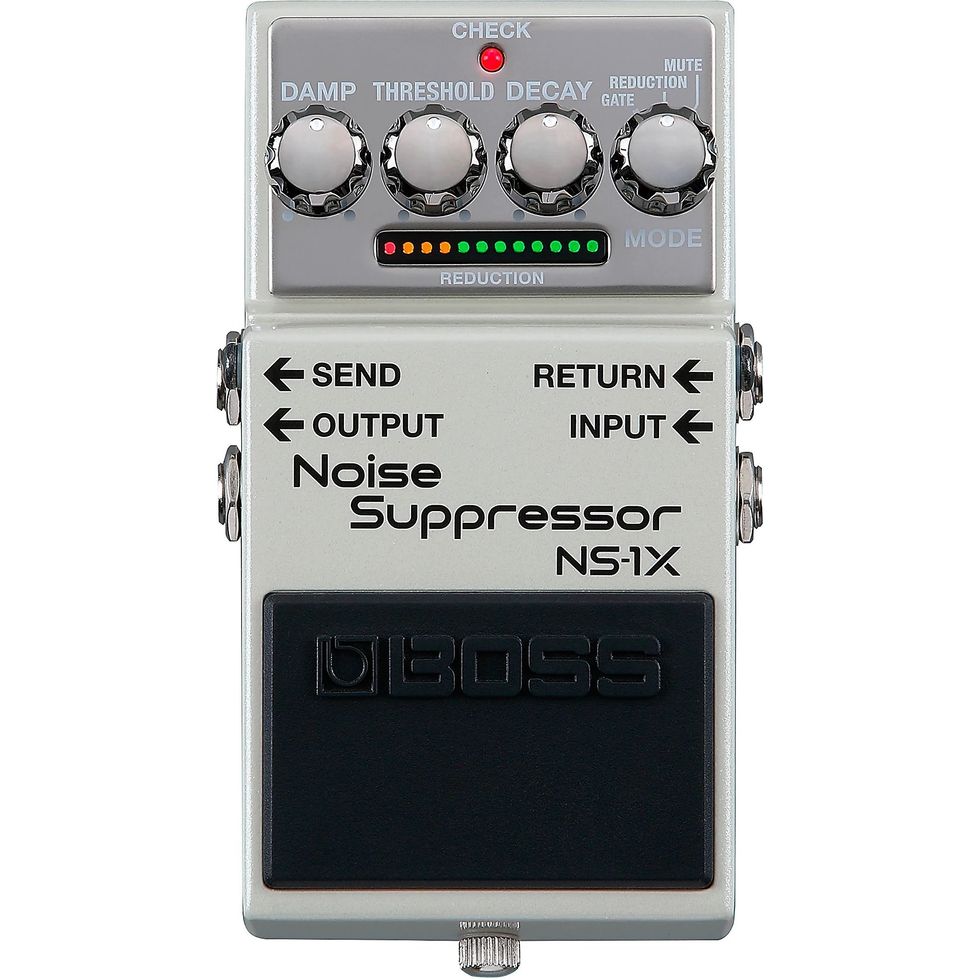
Centered around the company’s MDP technology, this gate aims to eliminate noise without sacrificing feel or response. It also includes an effects loop and a mute mode.
$199 street
boss.info
GUPTech MWAC Noise Gate
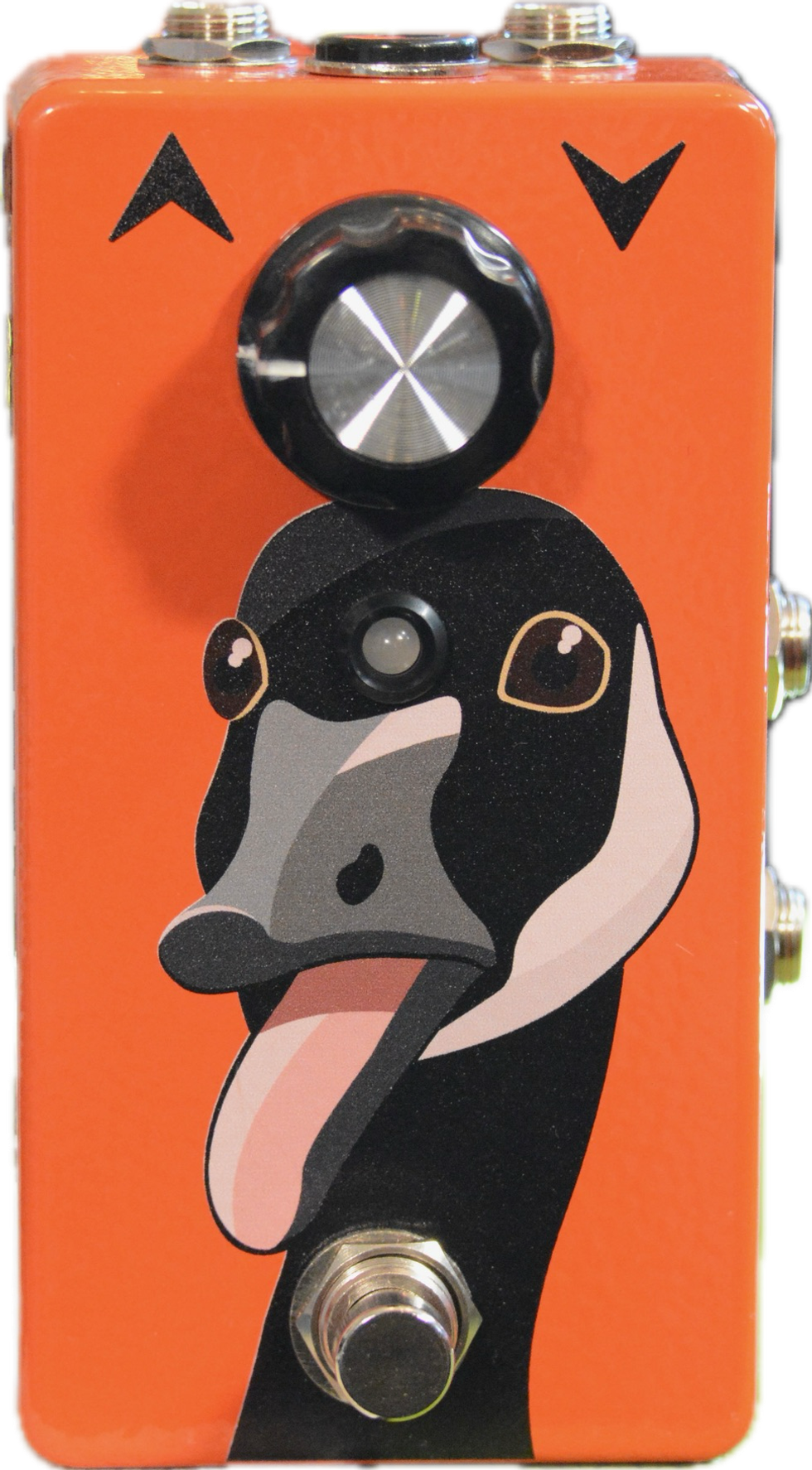
Precise and high performance even at lower signal, it excels in all situations—from high-gain havoc to gentler terrain. Available in four colors: red, orange, purple or army green. It's affordable enough for everyone to clean up their act.
$127 street
guptech.ca
MXR M135 Smart Gate
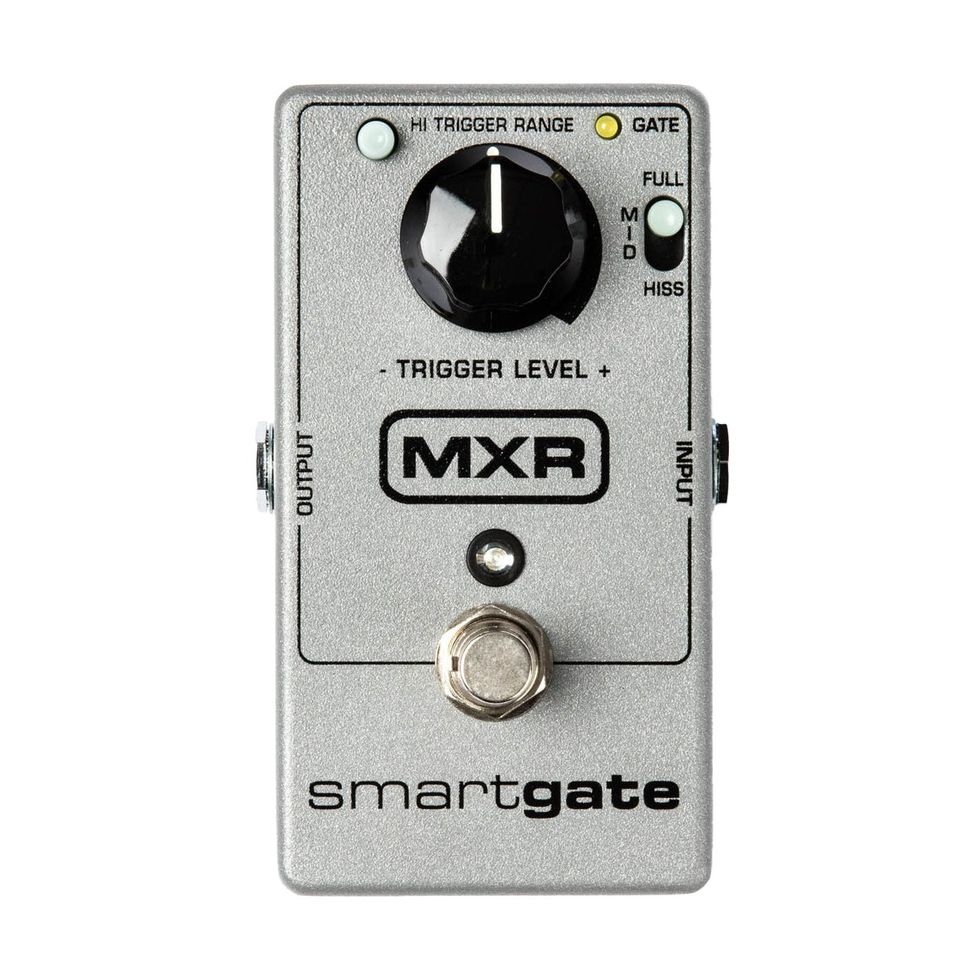
The single-knob design allows for on-the-fly tweaking, but the included extended trigger range and three different noise bands allow for a highly versatile setup.
$149 street
jimdunlop.com
ISP Technologies Decimator II
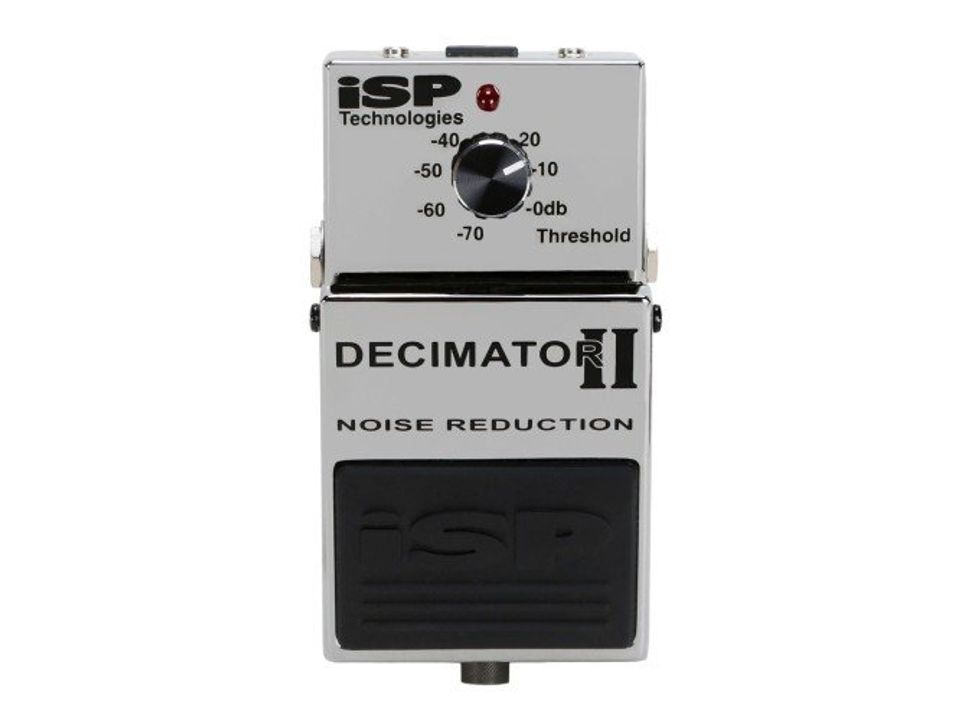
One of the most popular noise gates, this pedal uses Time Vector Processing to help craft a smoother level of noise reduction. You can also link multiple units for maximum signal tracking.
$143 street
Isptechnologies.com
TC Electronic Iron Curtain
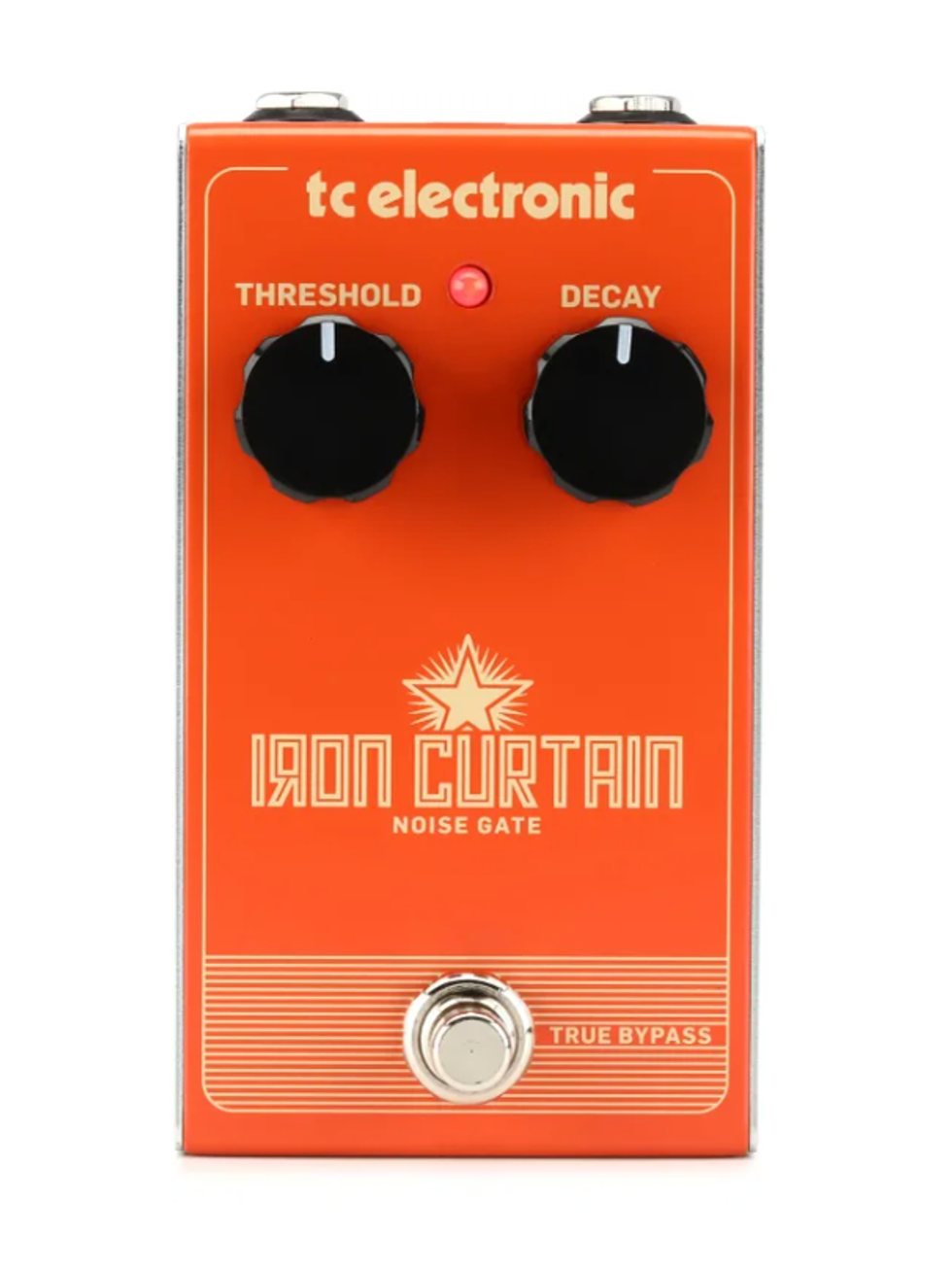
Housed in a rock-solid enclosure, this gate features decay and threshold dials, a switchable mute control, and an entirely analog circuit.
$49 street
tcelectronic.com
Darkglass NSG
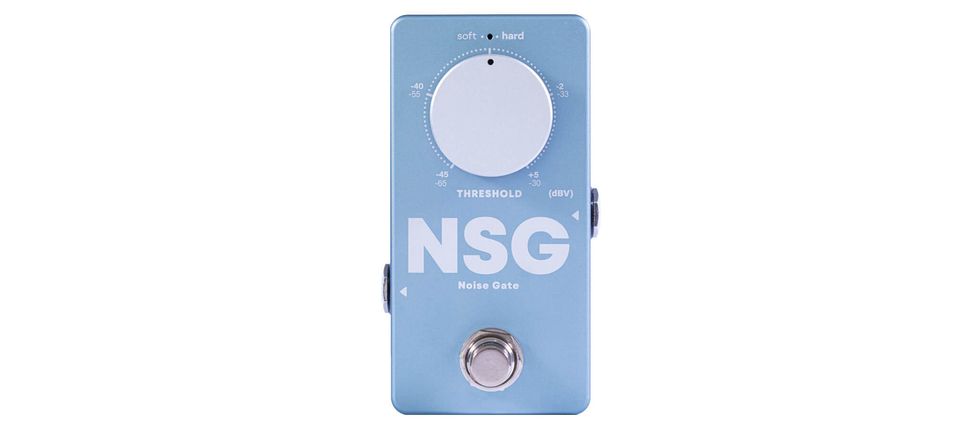
With a push of the big knob, you can move between soft and hard gain reduction, which can be adjusted from -65 dBV to +5 dBV.
$199 street
darkglass.com
Electro-Harmonix Silencer
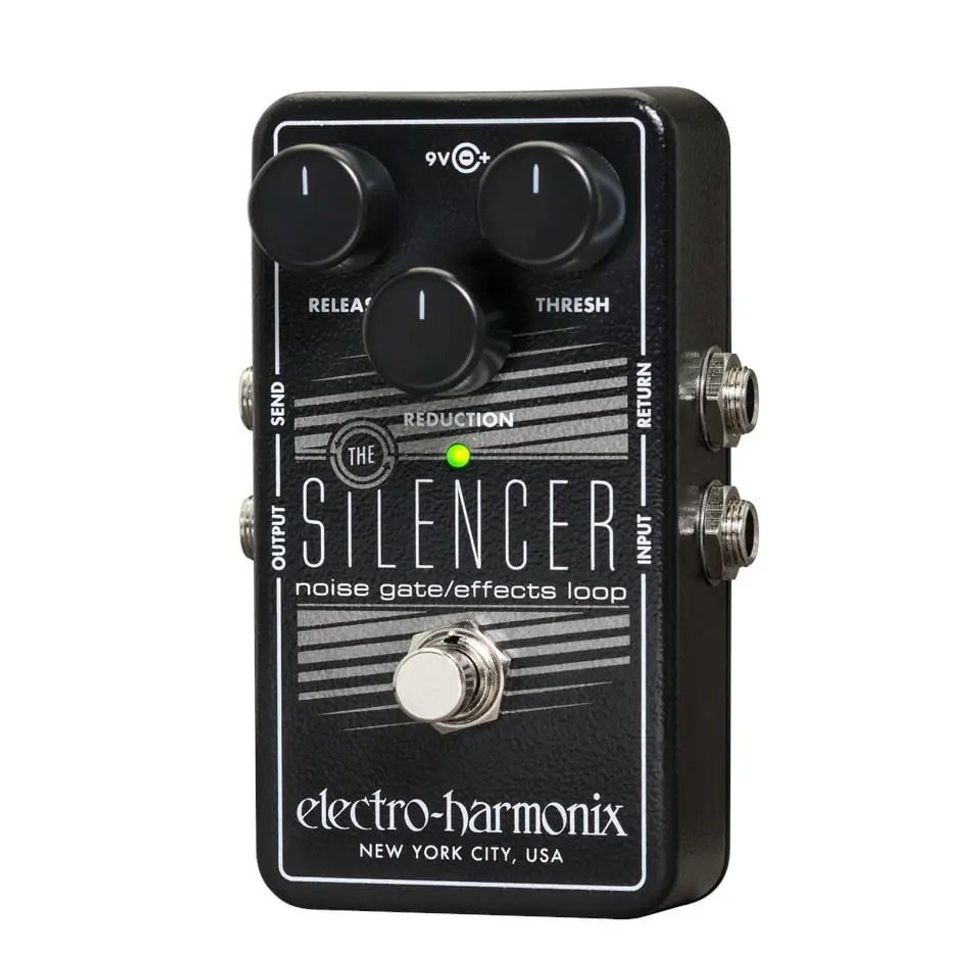
With three different controls (threshold, decay, and release), you’re able to dial in and customize the exact level of gain reduction. It also features an effects loop to help with any noisy pedals.
$80 street
ehx.com
Ibanez Pentatone Gate
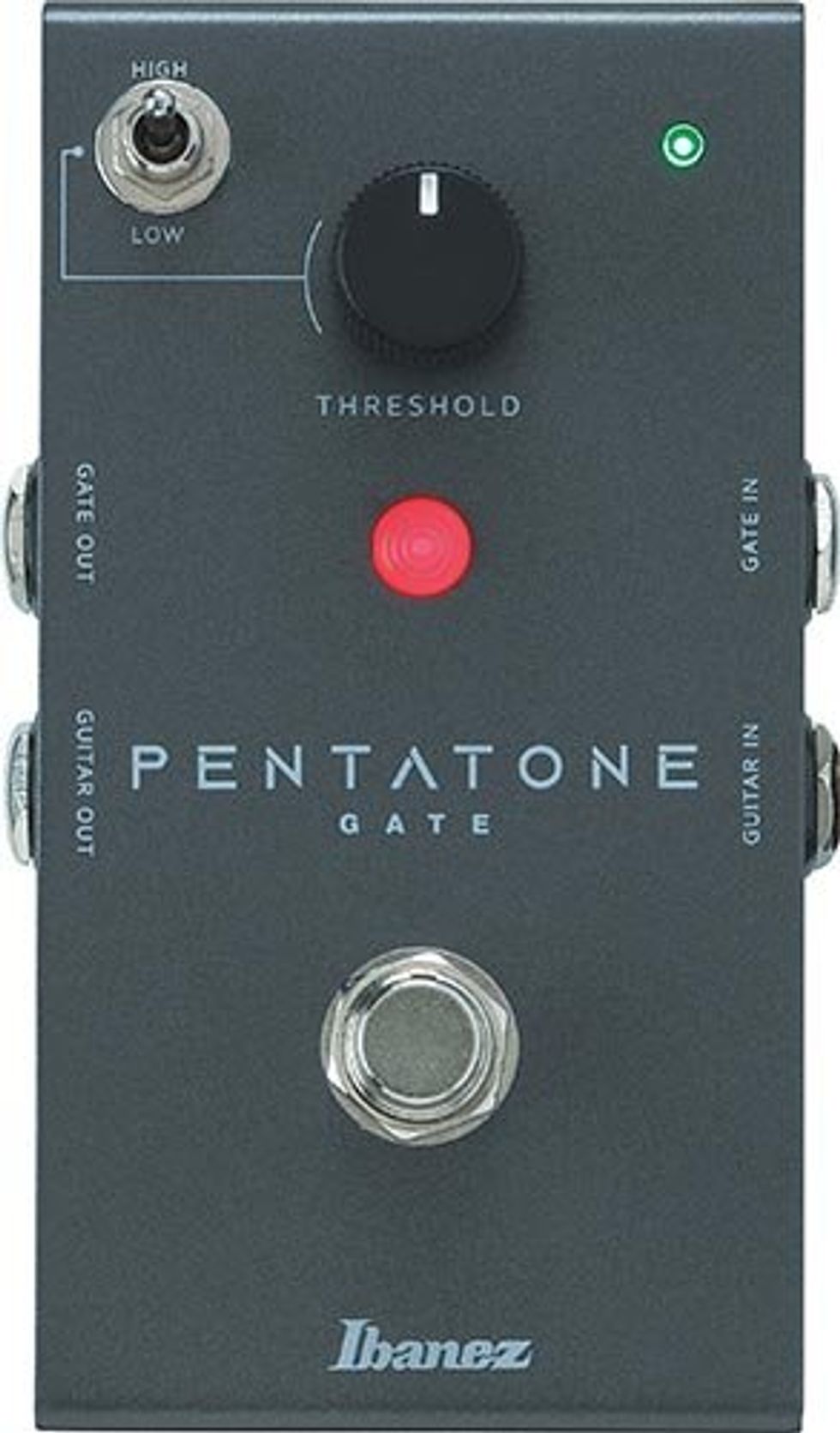
Nabbed from the Pentatone preamp, this standalone version offers a dead-simple setup with a single threshold knob and a switch to move between high and low modes.
$99 street
ibanez.com
Pigtronix Gatekeeper 2
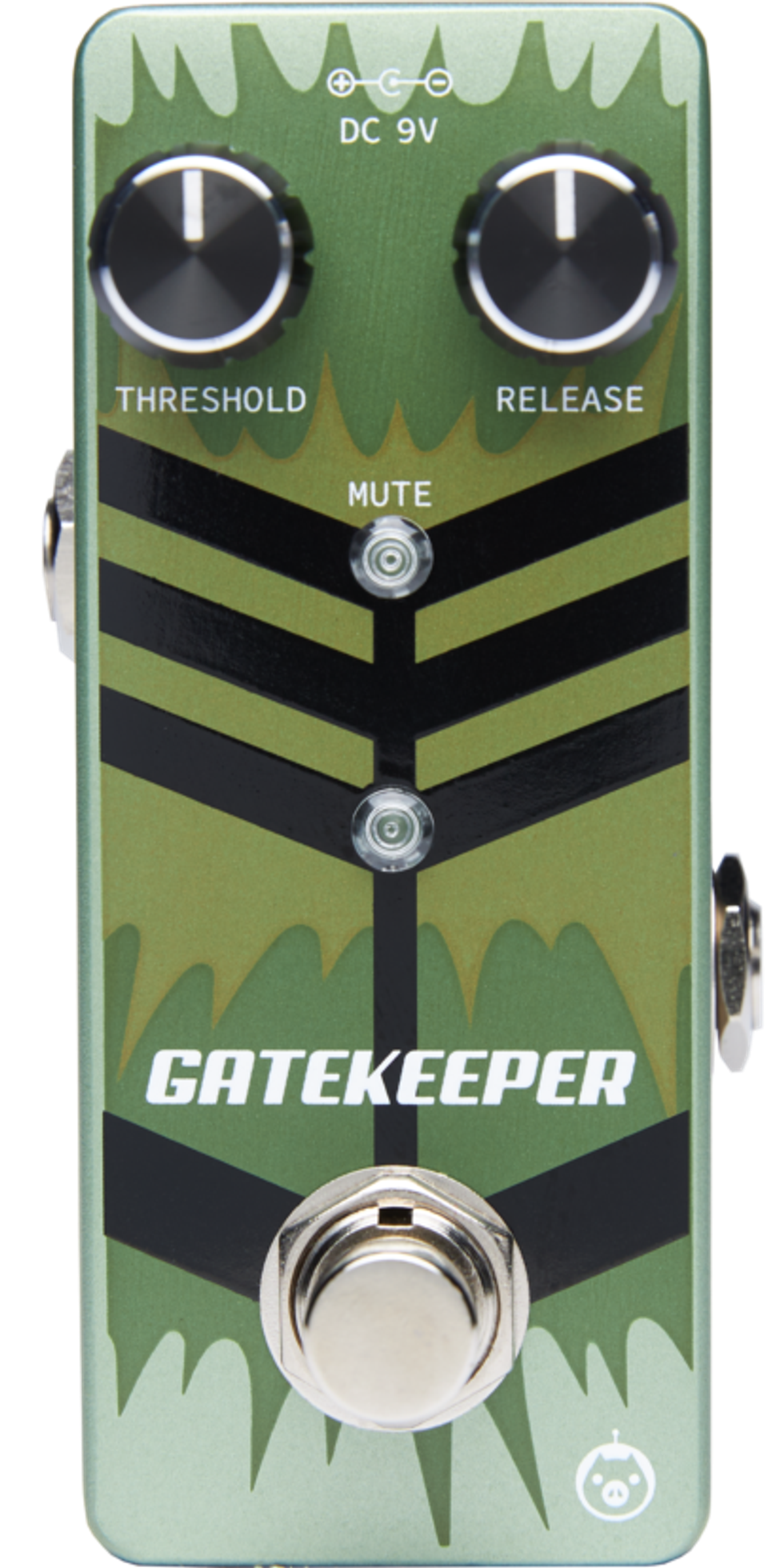
A studio-quality gate created around a JFET circuit and a release control that dials in the speed of the gate.
$119 street
pigtronix.com
Revv G8 Noise Gate
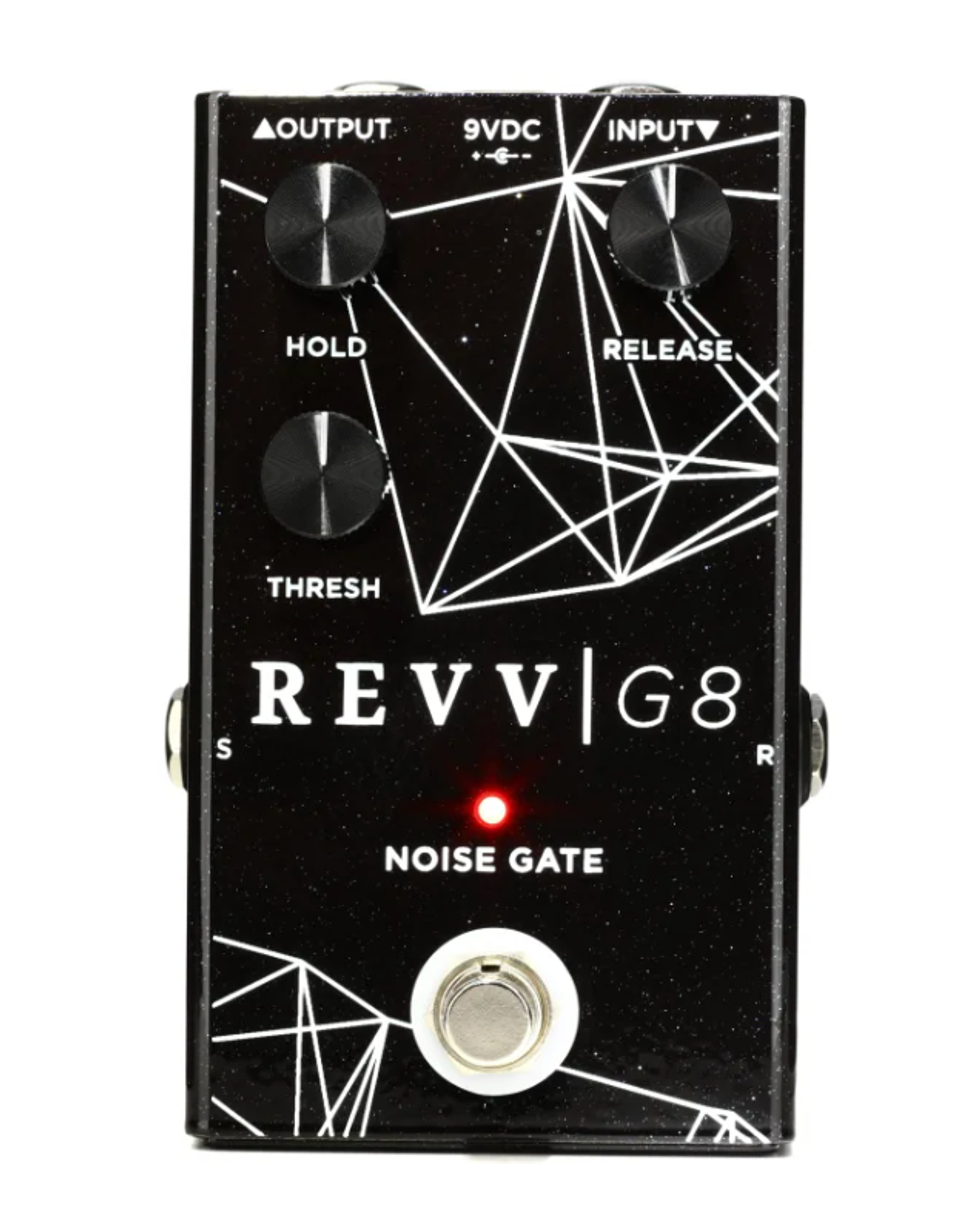
A pedal-sized version of the noise gate in the Generator 120, this stomp offers hold, release, and threshold controls, and a full effects loop.
$199 street
revv.com
The guitar legend passed away after a battle with cancer Tuesday at the Williamson Health hospital in Franklin, Tennessee, according to his wife, Deed Abbate.
Duane Eddy, along with producer Lee Hazlewood, effectively defined “twang” and set the gold standard for instrumental guitar rock in the late ’50s with his songs “Rebel-’Rouser” and his version of the theme to “Peter Gunn.” In addition to his playing and exceptional approach to his instrument, he experimented and expanded the tone of the electric guitar, notably using a 2,000-gallon water tank as an echo chamber on some early recordings. Eddy’s influence extends into the most hallowed levels of rock ‘n’ roll and the guitar universe, spanning from the Beatles to John Fogerty to Bill Frisell and beyond. Full obituary to come.
Django Reinhardt, live in New York.
Our Last Call columnist considers his dream Rig Rundown subject.
“Django was music made into a man.” —Emmanuel Soudieux, Django’s bassist
My friend and colleague Chris Kies recently filmed a Pantera Rig Rundown. One could argue that Pantera is the reason that Rig Rundowns exist. Pantera, more specifically Pantera’s guitarist “Dimebag” Darrell, got Kies into guitar, and he eventually—along with former PG editorial director Joe Coffey—came up with the idea of filming guitarists with their rigs. So you have Hell’s own cowboy, Dimebag, via Kies to thank for the Rundown brand of infotainment.
When the Rundown team got together to yak about Kies’ white-whale interview during a Gig Rundown, I began to wonder what my dream Rig Rundown would be. The choice is easy, though filming it would require a DeLorean, a flux capacitor, and 1.21 gigawatts of power to take us back to 1946 when Django Reinhardt toured the U.S. with Duke Ellington.
Django Reinhardt remains my personal guitar hero. You’ll never hear a player who is more in command of the instrument. Django’s playing was creative and fearless, lighting fast, but never rushed, fiery but relaxed, showy but subtle and sweet. And as brilliant as Django’s playing was, the man was as remarkable as his music. Django seemed to embody everything beautiful and terrible about musicians, incarnating the bad luck, immense talent, shifty business practices, hubris, and laziness. He’d show up for scheduled concerts without a guitar or skip sold-out concerts to take a walk on the beach or whatever he felt inspired to do. Some days he’d refuse to get out of bed at all.
”Django seemed to embody everything beautiful and terrible about musicians, incarnating the bad luck, immense talent, shifty business practices, hubris, and laziness.“
Django Reinhardt was born in a Roma encampment near Belgium in 1910. As a child, the nomadic camp moved outside of Paris, where Django excelled at playing violin, banjo, and guitar, as well as stealing chickens. When he was 18, a fire engulfed his trailer one night, which paralyzed the third and fourth fingers on his left hand. During his 18-month convalescence, Django reinvented his guitar playing. In doing so, he created a new style of music dubbed "gypsy jazz," making him the first great European jazz musician.
During World War II, Nazis exterminated over a million people of Roma heritage and Hitler decreed that listening to jazz could get you sent to a concentration camp. Paradoxically, Django enjoyed the most lucrative period of his career, living and playing openly among Nazi soldiers, who used Paris as a party town during the war.
After the war, while on tour in Zürich, Django lost most of his money gambling in a casino. But in a quick reversal of fortune, he was contacted by a William Morris agent who told him that Duke Ellington would like Django and his musical partner Stéphane Grappelli to join him on tour in the U.S. Django selfishly chose not to tell Grappelli about the tour and went alone.
According to Reinhardt biographer Charles Delaunay, Django was accustomed to his brother Joseph carrying and tuning his guitar, so he arrived in the U.S. without luggage or a guitar. Django believed American companies would be throwing guitars and money at him when he arrived. He was wrong. An agent rounded up a high-action Gibson ES-300 that felt nothing like his sleek, low-action Selmer strung with light ”silk-&-steel” strings (.010–.046). He plugged into an amp he didn’t know how to operate, and oscillated between too loud and inaudible. Accounts say it took him five minutes to tune his guitar. At their Carnegie Hall concert, according to Delaunay, Django ran into boxer Marcel Cerdan on the street, and the two headed to a cafe. Consequently, the guitarist was two hours late. Django went back to Paris not long after the ill-fated show because, as Duke put it, “Somebody at the William Morris Agency had beat him playing billiards, and he got mad and left.”Childish, selfish, brilliant, joyous, jealous, and vain, with little common sense, Django was a Zen-gangsta with an indomitable human spirit, laughing his way through life with no real goals, carefree, spending money as fast as he made it. He embodies everything I’d hope to be as well as everything I fear I might be
As an electric hollowbody, the unusual Virginian appears at first to be an acoustic model, but has minimal acoustic projection.
This vintage electric hollowbody has some unusual components—such as a Rezo-Tube bridge—that would make it a fascinating addition to any collector’s vault.
Many guitar fans obsess over the “classics,” but I’ve always been more drawn to the obscure underdogs, especially those designed by England’s James Ormston Burns. Sometimes called the “British Leo Fender,” Burns’ success was comparatively minimal, but he left behind many interesting, if often quirky, instruments. The original Burns London company started in 1959, was bought out by the American Baldwin Company in late 1965, and shut down just a few years later. Few guitars with the Burns logo ever made it to the U.S., but many of his models were available here, branded Ampeg (1962–’64) and Baldwin (1965–’69).
This Virginian is one of the rarest, and oddest. Appearing at first glance to be an amplified (possibly hideously modified) flattop acoustic, it is actually a purpose-built electric. Introduced in 1965, it was one of Jim Burns’ final designs for his original company. This early 1965 example came over to me from the original owner’s family in the U.K., who taped the case shut, slapped on a label, and gave it to Parcelforce, hopefully with a nice “Cheerio!” Amazingly, it arrived in one piece and remains in excellent condition, except for an added string retainer on the headstock.
The Virginian evolved from an earlier Burns semi-acoustic, the GB65. That model used the same laminated mahogany body and flamed sycamore top, with eccentric twin f-holes and a trapeze tailpiece. Compared to the GB65, Burns substituted on the Virginian a decorative, round central soundhole—but the primary difference between the two designs is the patented Rezo-Tube bridge, developed as the vibrato system for the 1964 Hank Marvin solidbody. Each string terminates in an individual tube, hence the name, inside a cavity in the body isolated completely from the wood. Burns claimed that it “gives the string tone a new degree of resonance and sostenuto” (i.e., sustain).
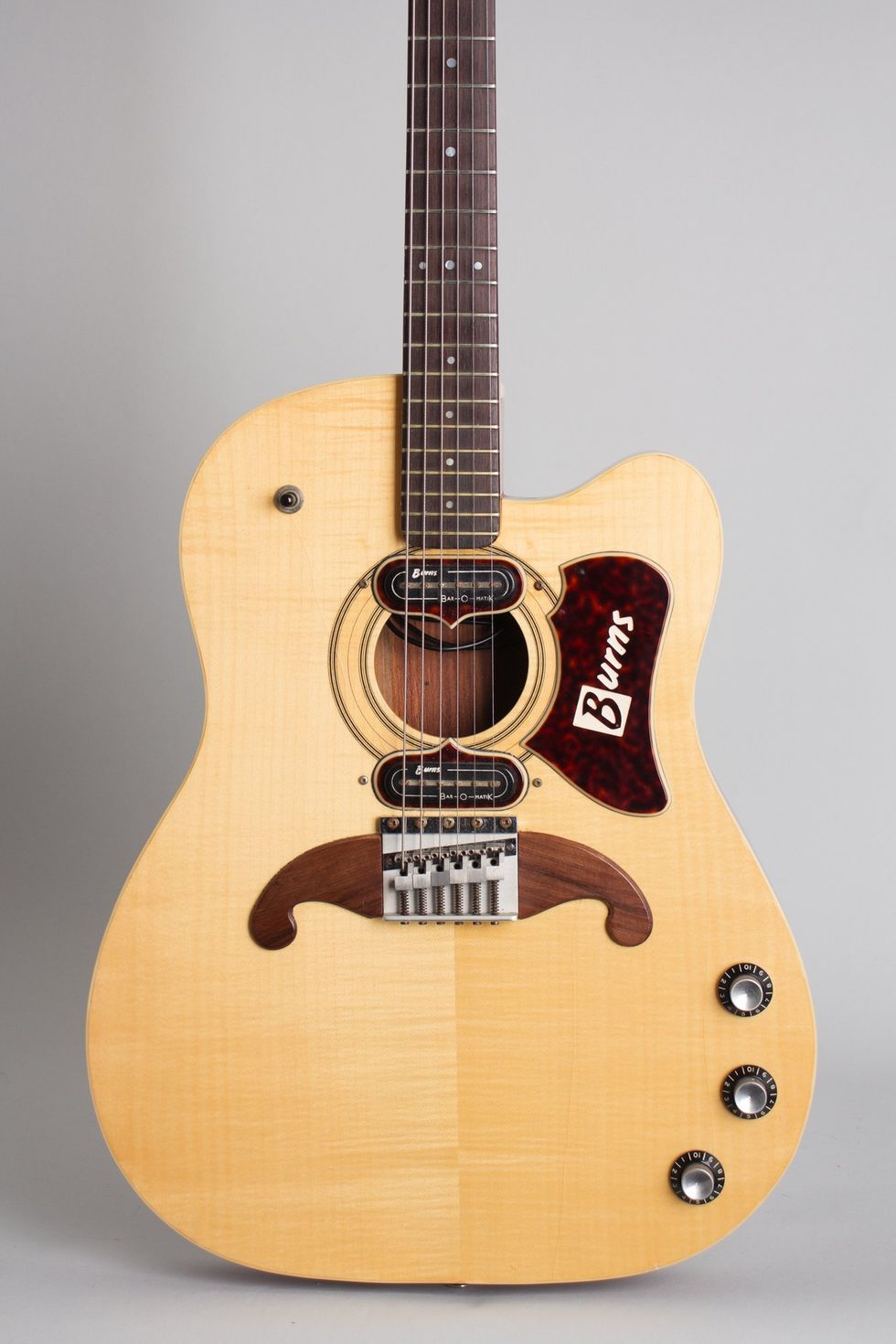
The Virginian is built with Burns’ patented Rezo-Tube bridge, designed for the ’64 Hank Marvin solidbody, where each string terminates in an individual tube inside a cavity in the body.
Photos by George Aslaender
Burns was so pleased with the Rezo-Tube that the Virginian was designed around it, but here, the concept seems a bit counterintuitive. A large solid block under the bridge has a central opening; six strings in individual metal tubes hang down therein. The bridge is spring-suspended on a knife-edge pivot but not intended to move, having no vibrato arm. To top it off, decorative rosewood pieces are mounted either side, mimicking a flattop bridge. Despite a (mostly) hollow body, the Virginian has minimal acoustic sound, thanks to solid blocking around the Rezo-Tube. The natural-finished, bolt-on maple neck has a 24 3/4"-scale rosewood fretboard and the “scroll” headstock—also designed for Hank Marvin. As with most Burns designs, adjustment for the geared truss rod is hidden under the neck plate.
“The Virginian usually inspires a ‘huh?’ reaction—or at least a raised eyebrow—from any player that sees it.”
The Virginian featured Jim Burns’ newest 1965 Bar-O-Matic pickups. The wiring rig sports a major innovation Burns called the “density” knob. The knob blends in the lower coil of a stacked humbucker in the neck position, an original and early use of this concept. The simple-looking controls often baffle a first-time user; the forward knob is volume, with density in the middle and tone at the rear, which also works only on the neck pickup. There are effectively two tone controls for the neck pickup, none for the bridge, and a 3-way switch.
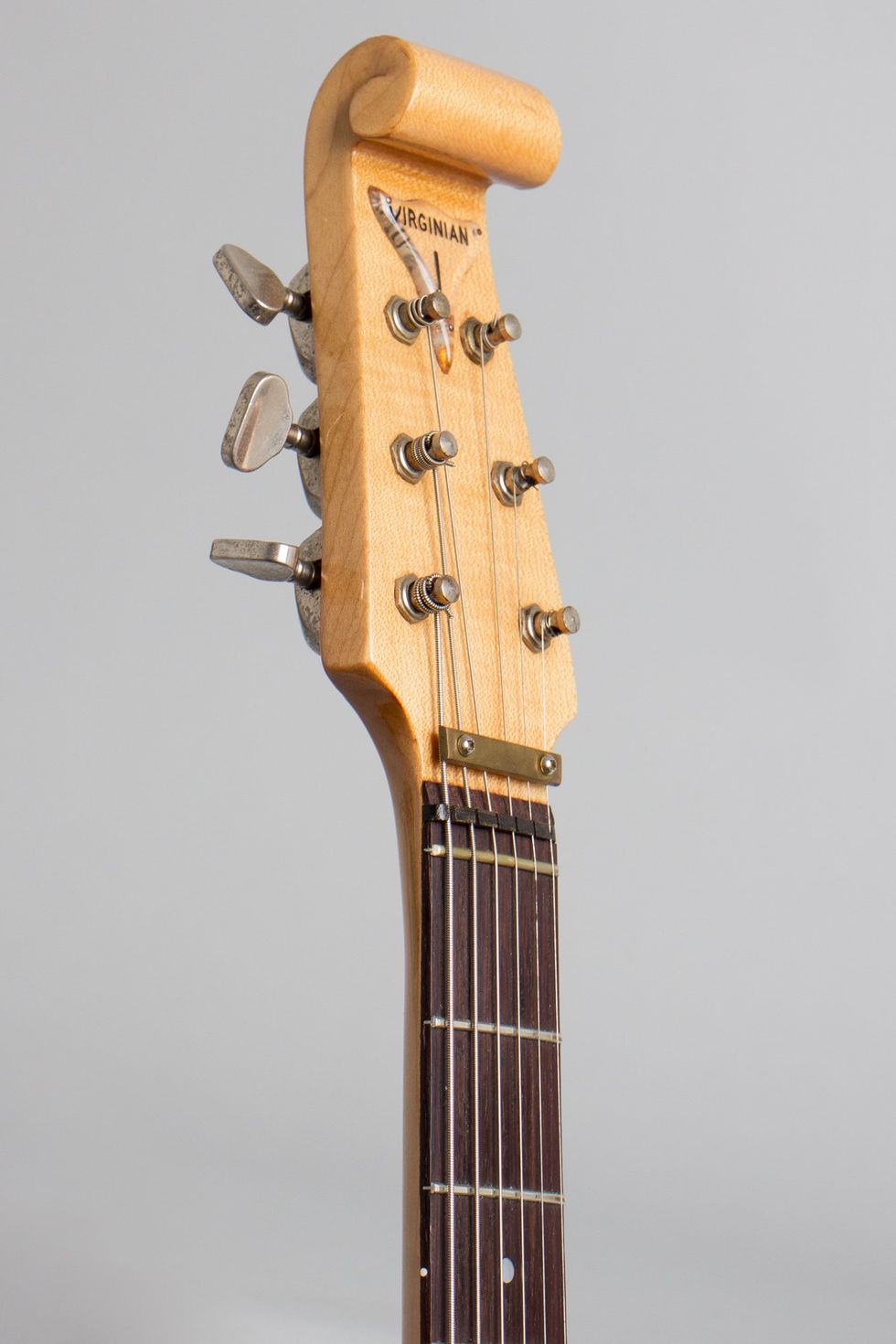
The guitar’s scroll headstock, seen here, was also designed for Marvin.
Photos by George Aslaender
Jim Burns seemed especially proud of this design, the initial ad touting, “Controlled Resonance technology … incorporates the Burns Rezo-Tube bridge/tailpiece developed for the Shadows.” The 1965 U.K. list price was £134, in the same range as many imported Fenders and Gibsons. Despite Burns’ gung ho, the Virginian seems a bit like a guitar in search of a mission. The name implies country Western, but the publicity highlighted “true jazz guitar tone! A real thick, full sound that explodes without ‘woolly’ trimmings with the unique density control.” It’s unlikely much serious jazz got played on Virginians, but one did appear with Lenny Breau in the 1960s. It also was played by a few 1965 U.K. chart acts: Unit 4 + 2, Pinkerton’s Assorted Colours, and even the Troggs.
The Virginian became Baldwin’s Model 550, listed at the rather non-bargain price of $495 (plus a $55 case). They reasoned that if you’re going to put in a vibrato, you should give folks an arm to shake—so later Virginians do have a whammy bar, along with other small changes. Baldwin had a Nashville operation tied in with Sho-Bud, so a few country stars, including a young Johnny Paycheck, got one. Baldwin Virginians were sold from 1966–’69, but first-generation 1965 Burns examples are rare—even in England. The Virginian usually inspires a “huh?” reaction—or at least a raised eyebrow—from any player that sees it. There’s something endearingly goofy about its hybrid appearance, but this is a solid player, handling well with a bright, clear sound for a full-size hollowbody. Jim Burns re-engineered the concept in the ’70s into the Steer model (a favorite of Billy Bragg), but the original Virginian remains unique, and has never been reissued.
Reader: Ryan Imata
Hometown: Mililani, Oahu
Guitar: Cinder
This reader’s doubleneck guitar sports one rather unusual feature—a fretless neck.
I’m always looking for things that push my guitar playing in new directions and challenge me, whether it’s new music, rediscovering old music, or new gear. Though I’ve played fretless bass for years, I’ve always wanted a fretless guitar. Yet, the fear of being on stage without the safety net of a fretted guitar, coupled with the inspiration of Ron “Bumblefoot” Thal, pointed me towards a doubleneck. I put this guitar together with Warmoth parts, since a comparable Kiesel headless doubleneck was out of my price range.
I started with an alder body, finished in cinder red gloss by Warmoth. The fretless neck has maple fret lines on a black ebony fretboard, on a roasted maple neck. The fretted neck has a scalloped ebony fretboard (a nod to Yngwie) on a roasted maple neck. The ebony peghead veneers came out really nice. I didn’t have the courage to do a lineless fretboard on the fretless side, though it would have made the fretless side more obvious. Most people roll their eyes when they think there are just two fretted necks.
The pickups are Seymour Duncan Hot Rails in the neck, and Jupiter Rails in the bridge. In between the necks, there’s a 6-way Free-Way Switch. It operates like a 3-way toggle, but in the up position, it selects the fretless side, and the down position selects the fretted side. Despite the electronics separation, I still need fret wraps, because the sympathetic vibrating of each neck can be heard through the other neck’s pickups. They’re easy enough to slide on and off.
This guitar also has LSR roller nuts. Combined with the Gotoh locking tuners, tuning is pretty solid. I love the LSR nut, though you gotta be careful when changing strings because the little ball bearings fall out if you’re not careful.
“Most people roll their eyes when they think there are just two fretted necks.”
The fretless side is strung with D’Addario flats. I prefer .011s, though I know some fretless users go for heavier gauges. I’m considering having the fretless board epoxied, though the flatwounds don’t really chew up the fretboard. Anyway, I can always just replace the neck in the future if it gets chewed up. The fretted side has .009s, and I don’t have a problem with pushing them out of tune on the scalloped board.
One thing I learned, while I ordered the vintage spacing hardtail on the fretless side, is that it’s virtually impossible to find vintage-spacing bridges in black. But I managed to cobble together some bridges to make it work.
Lastly, I had a battery cavity installed in the back, though I knew that I wouldn’t use active electronics. I figured it would lighten this heavy guitar, even if just by a few ounces. Still, it “only” weighs 13 pounds.
I’m really surprised that various techniques work well on the fretless side—conventional picking, sweeps, and tapping. I had initially wanted a sustainer in the neck position of the fretless side, but that would have complicated the wiring beyond my meager abilities. Fortunately, I don’t need it. Sustain is not too much of a problem—maybe more so on the higher frets of the plain strings, but that’s nothing that some tremolo picking can’t solve. Chords are a different story, though. Hard to intonate any chords other than simple fifths. But that’s what the fretted guitar is for!